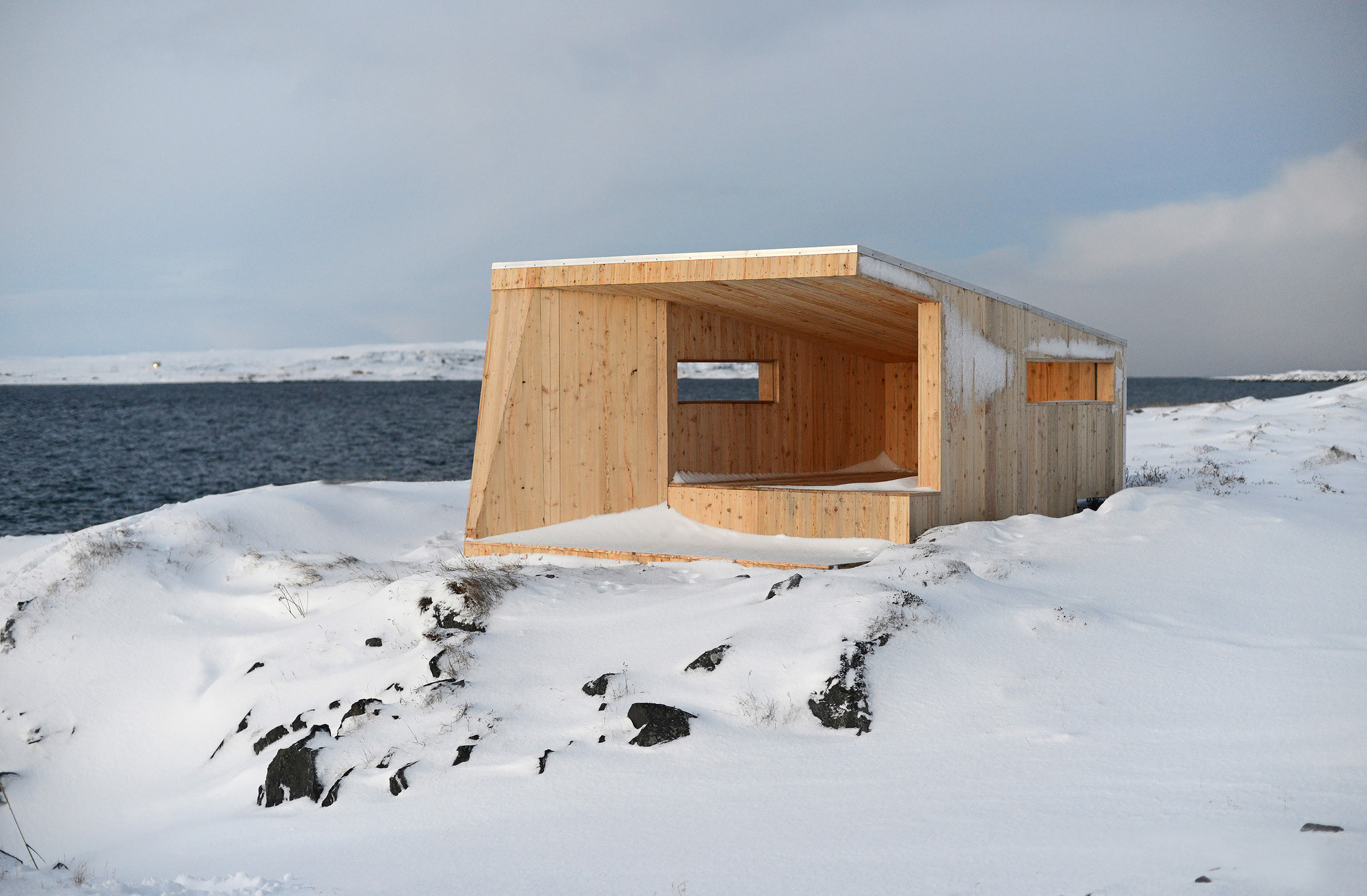2. Urban Animal Hides
// WORK IN PROGRESS //

© Biotope, all rights reserved
Biotope, a three-strong Norwegian practice based in the Arctic town of Varanger, have designed bird hides since 2009. For them, architecture is "a tool to protect and promote birds, wildlife and nature" - an approach reflected in their carefully crafted, environmentally integrated fragments of the 'invisible': small shelters that must blend into and be absorbed by their surrounding. Could such buildings be used as a tool for empathy towards nature? How would they sit within an urban setting?
UK / 2019
From Urban Animal Hides
Why do specialists within their biological field form such close connections with their species of choice?
Urban Animal Hides attempts to answer this question by exploring whether it is possible to elicit the same empathy held towards non-human creatures amongst the public as those who study them on a regular basis.
Animal Hides are a tool widely used in the wildlife photography & filmmaking community and also amongst several conservationists and biologists to better understand the behaviours of the animals they are studying and also get closer to them without disturbing them in their natural habitat.
In having ‘urban’ animal hides, could we give the audience the opportunity to have a similar profound or emotive experience with local urban wildlife?